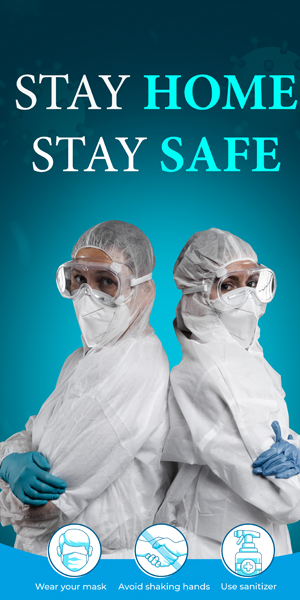Scoliosis is a more common condition than you think, affecting up to 3{137aa25a4781ca5f540979e28781665e476534549c3e309c9d7ae77466626c90} of the population. At its mildest, it can be uncomfortable or mildly painful, but at its worst, it can severely affect the quality of your life. That’s ...
The cartilage in your knee, especially the meniscus, can tear and be extremely painful. It can also severely restrict your movement. Trust me. I went through it. The recovery from my injury and the restoration of my knee function was ...



